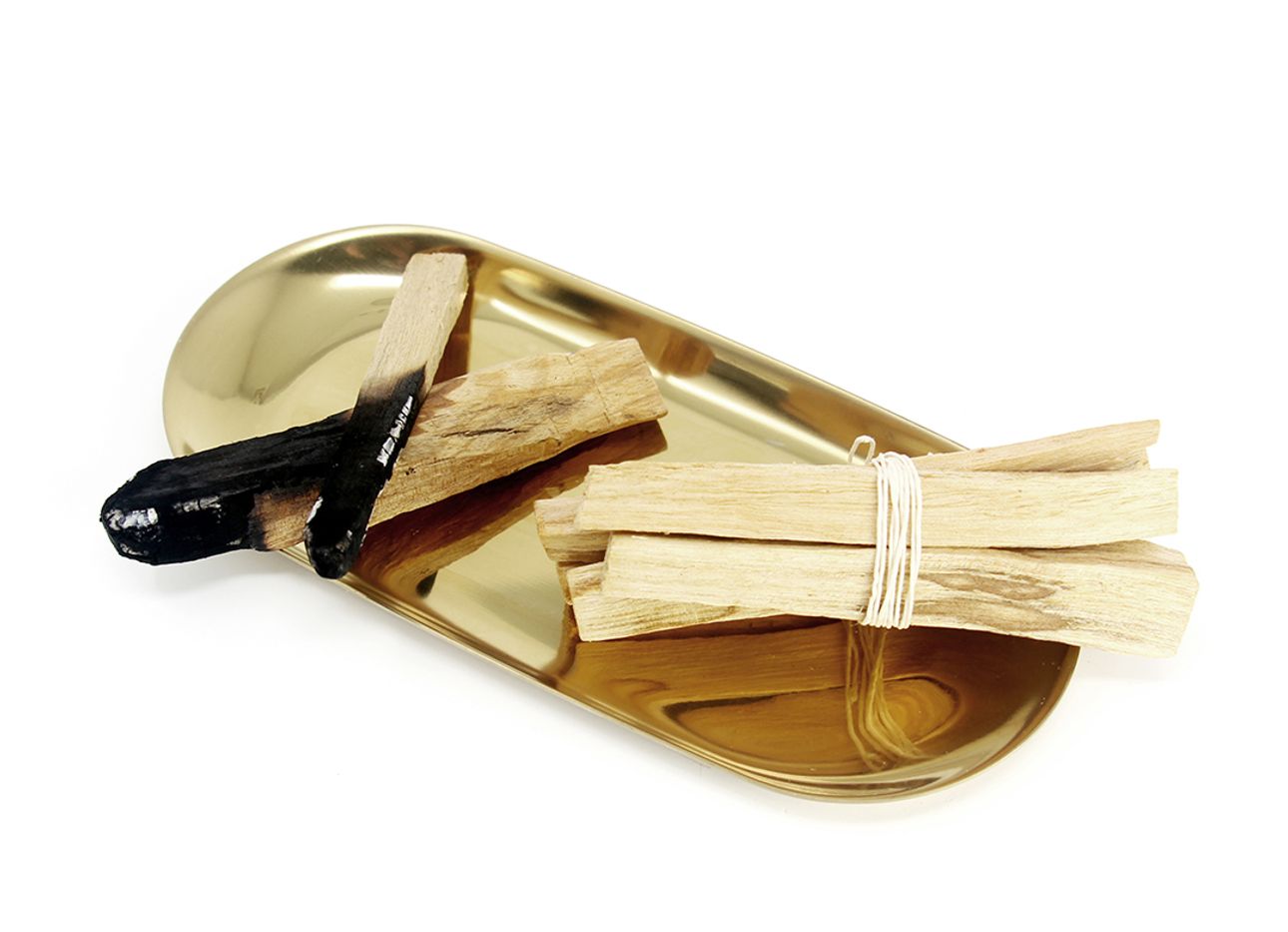
The Cleansing Craze Around Palo Santo
The healing and spiritual uses of palo santo, an aromatic wood native to Latin and South America, date all the way back to the Incan era. But the “holy wood” (as it translates from Spanish) has seen a huge uptick in recent years as self-care enthusiasts and wellness acolytes have taken a liking to its cleansing properties, appropriating it to help banish negative energy and bad vibes. You’ve likely smelled palo santo’s slightly sweet, bright blend of pine and lemon notes in trendy boutique stores and hotel lobbies. The Milk + Honey spa, founded in 2006 in Austin—and now, with several other Texas locations and two planned for Los Angeles—sells a nifty little bundle.
The pervasive popularity of palo santo, which is typically chopped into small pieces of wood and burned as incense, has even given rise to a series of alarmist memes warning that over-harvesting is nudging the Bursera graveolens tree toward extinction. Fortunately, that’s untrue: According to The New York Times, the International Union for Conservation of Nature debunked that online rumor this past December, declaring palo santo’s conservation status to be “of least concern.” However, a related tree species, Bulnesia sarmientoi (which is often confused for “palo santo”), is endangered, and improper harvesting practices are putting its tropical dry forest habitat in peril as well. If you find yourself torn between your love of the scent and the possibility that you may be contributing to the tree’s demise, the best course of action is to ensure that you’re buying from a sustainable and ethically produced source, which experts say can actually be good for its habitat.